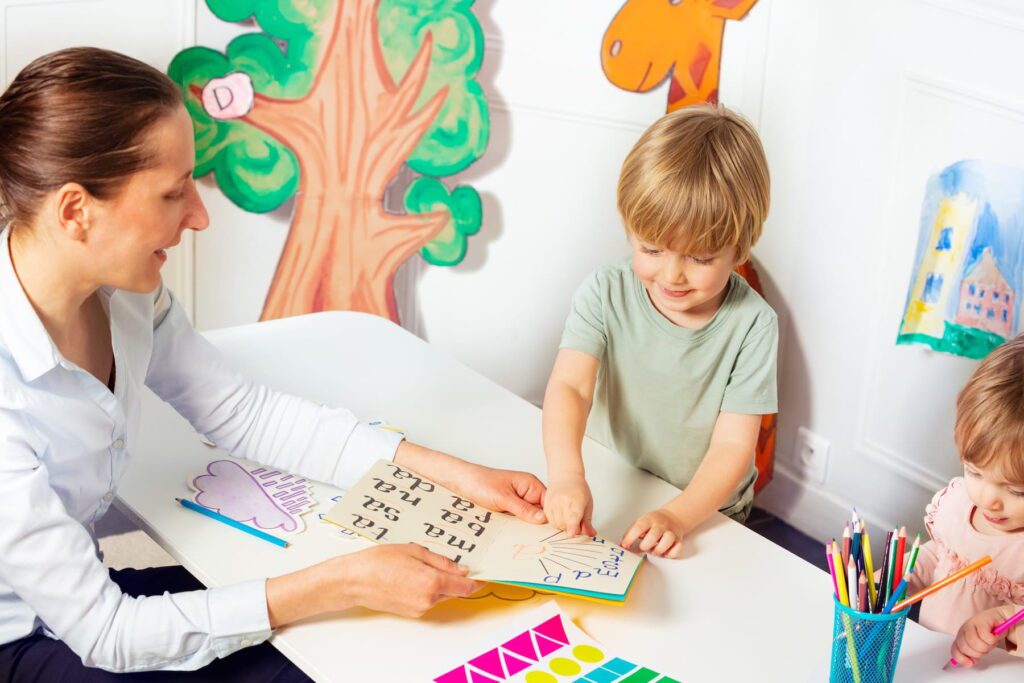ABA Therapy: What It Is and What It Teaches
Applied Behavior Analysis, or ABA, stands as one of the most extensively researched and utilized interventions for young children with autism. It teaches essential skills through structured, data-driven strategies and measurable goals.
What ABA Focuses On
ABA breaks down complex behaviors into small, teachable steps. It uses positive reinforcement to encourage skills in communication, social interaction, daily living, and motor development. Early ABA sessions often include:
- Communication: requesting, labeling, and building receptive and expressive language
- Daily living: self-care routines, toileting, dressing
- Social interaction: turn-taking, sharing, simple play exchanges
- Behavior management: reducing challenging behaviors while teaching replacements
Evidence-Based Outcomes
Studies consistently show strong results in children who begin ABA early and follow treatment for an extended period. Research indicates 50–75% of children receiving two or more years of intensive ABA show significant cognitive and adaptive improvements, including stronger communication and daily living skills. That kind of outcome highlights why early and sustained therapy matters.
Guidelines for Choosing ABA Services
- Early start, consistent dose: Programs lasting 12–24 months—often 20+ hours per week—deliver the best outcomes
- Ongoing measurement: Seek centers that collect regular data and use it to adjust goals based on progress
- Qualified supervision: Board-Certified Behavior Analysts (BCBAs) should design plans; trained technicians should deliver the sessions
- Family involvement: Programs succeed when parents are coached to reinforce skills at home
ABA isn’t quick or easy, but when delivered with consistency and oversight, it reliably builds foundational skills that set children up for success in school and daily routines.
Curious how ABA could support your child?
Contact Phoenix Autism Center to explore how we coordinate early intervention programs tailored to your family’s schedule and your child’s developmental needs.




